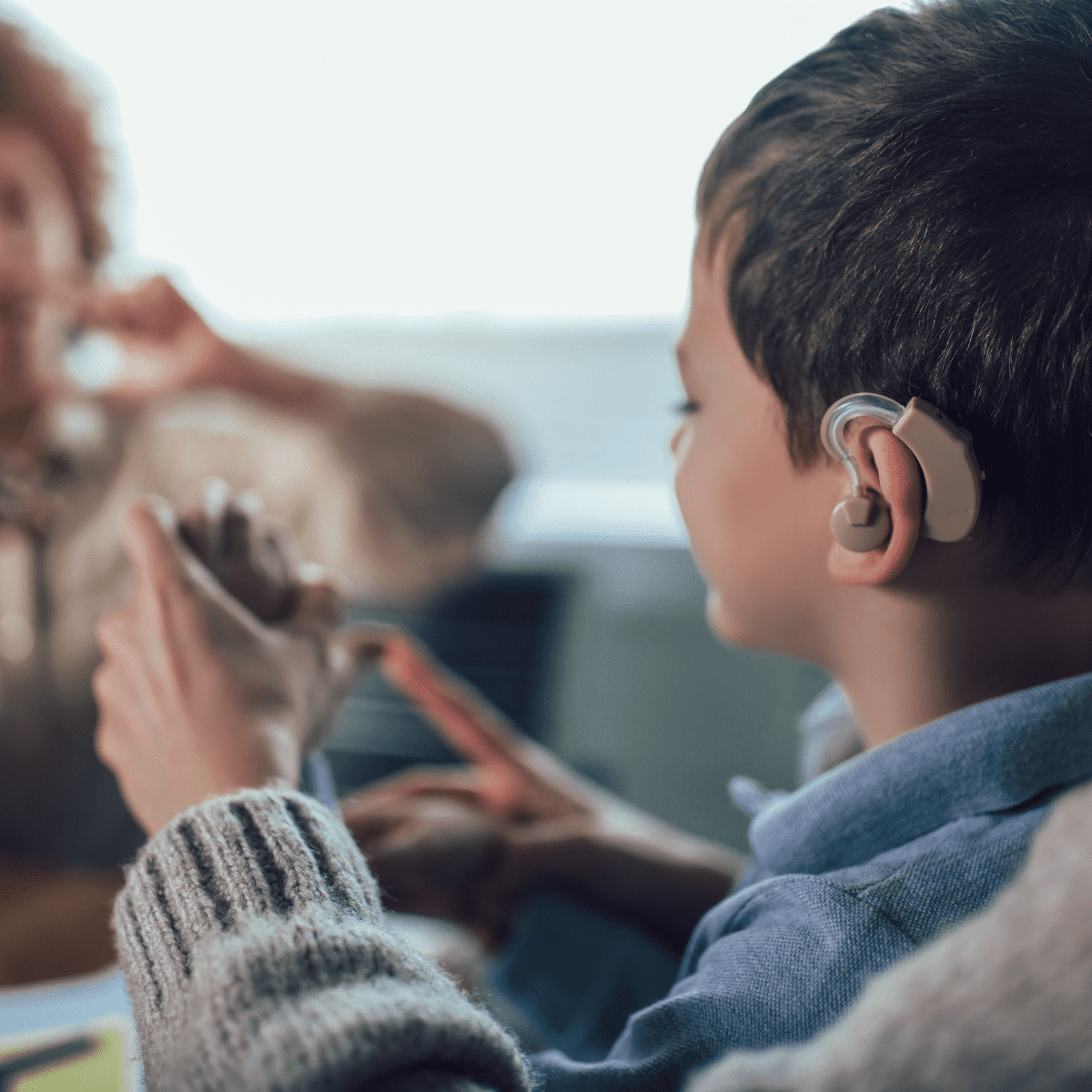One in eight people in the United States aged 12 years or older experience hearing loss in both ears. That’s 30% of people aged 12 or older experiencing hearing loss in the US alone.
How these individuals live day to day can be greatly improved thanks to some innovations that have been developed over the last 10 years to benefit people with hearing loss. These new technologies and medical advancements help these individuals hear or understand what is being spoken with greater ease.
Recent innovations in hearing loss technology:
- ADVANCEMENTS IN HEARING AIDS
Hearing aids have become more advanced over the years to provide greater benefits to individuals who experience hearing loss. The latest hearing aid styles can partner with smartphone apps to control sound and background noise, as well as check battery charge and preferences. These Bluetooth capabilities also help the user to hear phone calls and text messages directly through the hearing aid. Latest advancements in AI technology are also improving hearing aid technology by helping users to access a deep neural network to process sound. Ai technology can make changes to the sound produced by hearing aids through environmental detection.
- XRAI GLASS
Have you heard of the new innovation that allows deaf individuals to see subtitles while someone is speaking to them? The XRAI Glass app works in conjunction with augmented reality glasses called XRAI Glasses to subtitle conversations. When plugged into a smartphone, the glasses show text in the middle of the lens that is a direct transcription of what someone else is saying. The app can also translate speech in real-time to help individuals, with hearing loss or no hearing loss, understand someone speaking in a foreign language.
- VIBEAT COLLECTION
Vibeat devices are considered “body phones”, not headphones that help individuals with hearing loss enjoy music. These devices look more like jewelry as they can be worn as necklaces, wristbands, or pins and conduct different frequencies to give consumers a full-body musical experience. By translating sonic frequencies into haptic vibrations that consumers can feel, individuals with hearing can experience a whole new side to music.
SubCaptioner
SubCaptioner is an online automated closed captioning tool that helps video creators make their content more accessible to the deaf and hard-of-hearing community. For only $0.25/minute, consumers can add accurate captions and transcripts to their media to ensure that all viewers have the opportunity to enjoy their content. It’s fast, affordable, and accurate. Visit subcaptioner.com to learn more.



